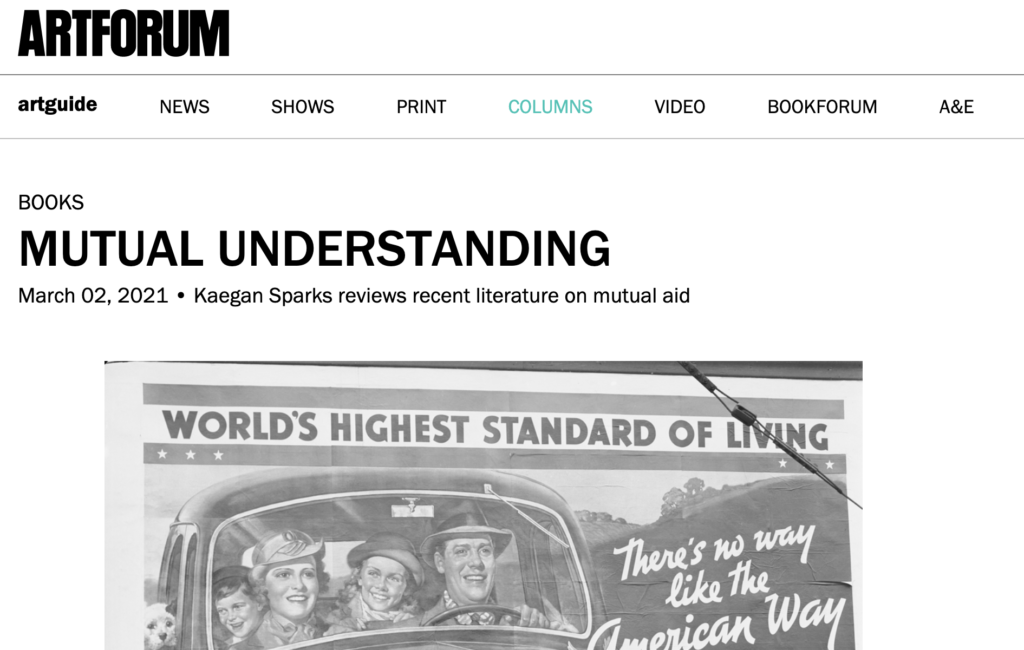
Mutual Aid 101 Workshop
Shareable recently hosted me for a Mutual Aid 101 workshop and posted the video publicly.
Video: Conversation with Angela Harris and Adrienne Davis
You can watch on vimeo here.
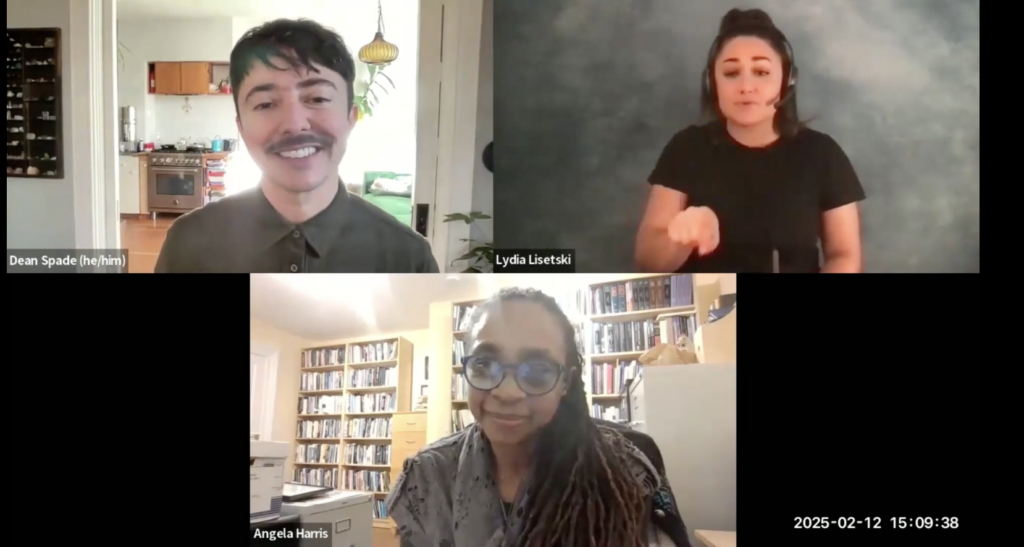
Interview with Disrupted on Connecticut Public Radio
New Book! Out January, Pre-Order Now
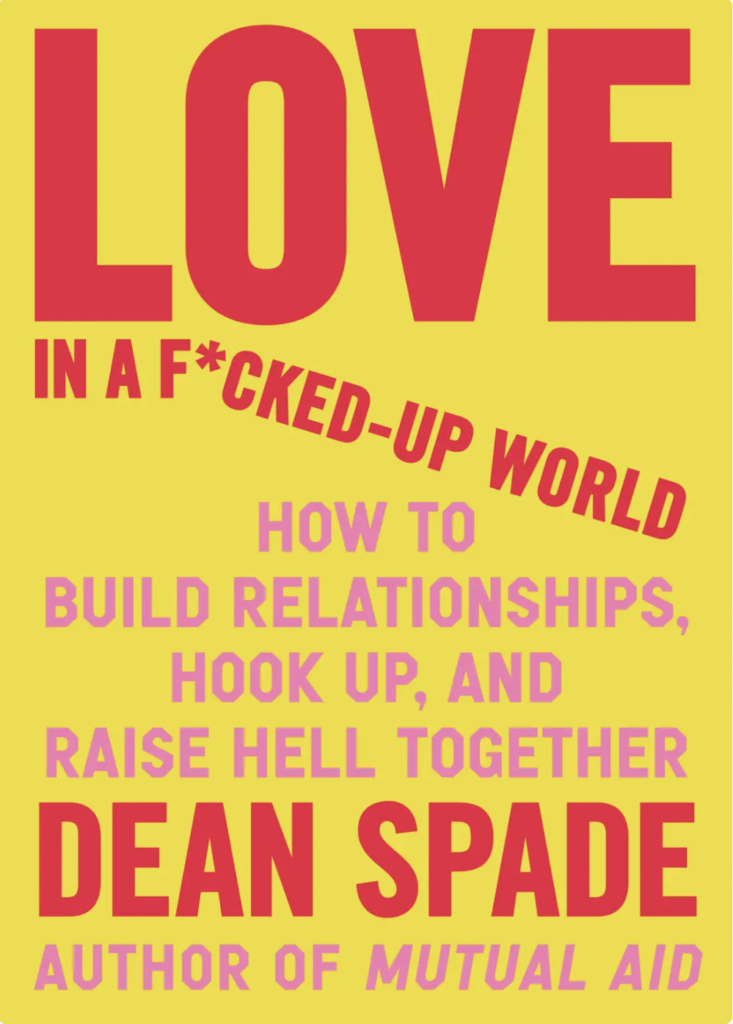
My new book will be out January 14, 2025!
Around the globe, people are faced with spiraling crises, from the pandemic and climate change-induced disasters to the ongoing horrors of mass incarceration, genocide, racist policing, endemic gender violence, and severe wealth inequality. More and more of us feel mobilized to fight back, often dedicating our lives to collective liberation. But even those of us who long for change seem to have trouble when it comes to interpersonal relationships. Too often we think of our political values as outward-facing positions again dominant systems of power. Many projects and resistance groups fall apart because people treat each other poorly, trying desperately to live out the cultural myths about dating and relationships that we are fed from an early age. How do we divest from cultural programming that gives us harmful expectations about sex, dating, romance and friendship? How do we recover from the messed up dynamics we were trained in by childhood caregivers? How do we bring our best thinking about freedom into step with our desires for healing and connection? Love in a F*cked-Up World is a resounding call to action and a practical manifesto for how to combat cultural scripts and take our relationships into our own hands, so we can stick together while we work for survival and liberation. Pre-order through Bluestockings and get 15% off with the code F*CKED<3.
Click here to watch the webinars I did with Fireweed Collective over the last four Valentine’s Days about dismantling the romance myth, which capture some of the themes of the book.
Videos: Romance Myth Webinar Series Updated with 2024 Video
I had the pleasure of collaborating with Fireweed Collective again to put on a fourth installment of my Dismantling the Romance Myth webinar series. The fourth webinar focuses on how we get caught in fears of abandonment and engulfment and what we can do to act in alignment with our values when those fears show up. Below you’ll also find the prior years’ videos and links to the slide decks from each year’s webinar.
Fourth Webinar with ASL:
Fourth Webinar with Spanish Interpretation:
2023 Webinar:
2022 Webinar:
2021 Webinar:
Podcast Interview: BOLD Conversations about Race
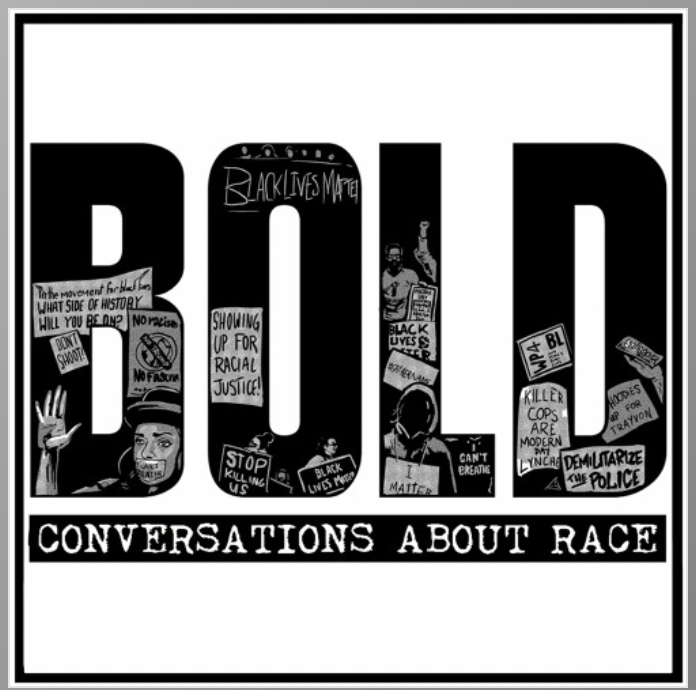
I had so much fun being interviewed for the BOLD podcast, a production of White People 4 Black Lives. Listen here.
Video: Beyond the Bars 2021 Panel
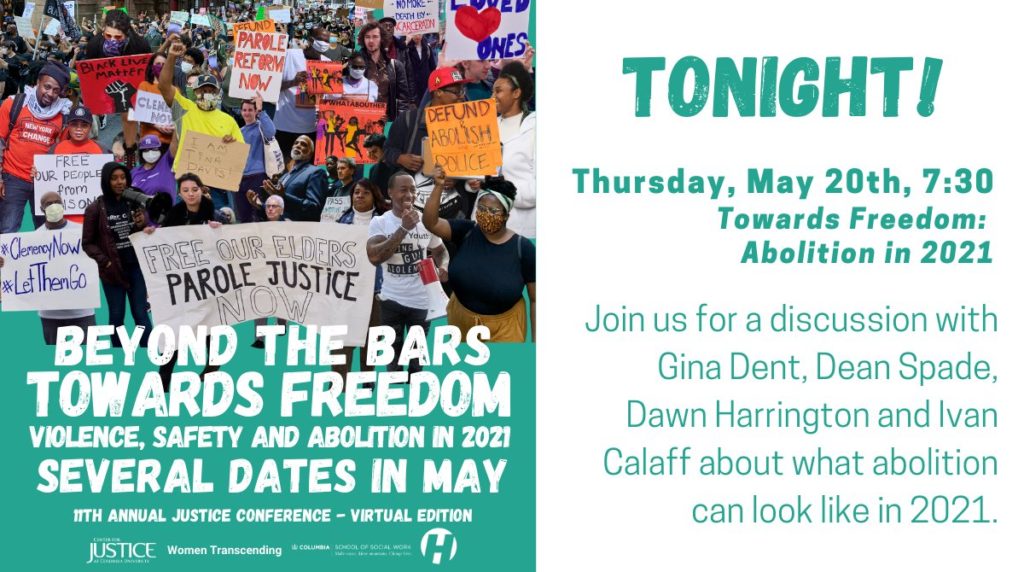
I had the great fortune to be part of this discussion about abolition in 2021 with Gina Dent, Dawn Harrington and Ivan Calaff.
New Debate/Conversation with Aaron Belkin about Trans Military Inclusion Advocacy
Aaron Belkin and I just published this debate/conversation about our opposing views on trans military inclusion advocacy. I hope it will be a useful tool for classrooms and reading groups, and people wanting to understand this debate.
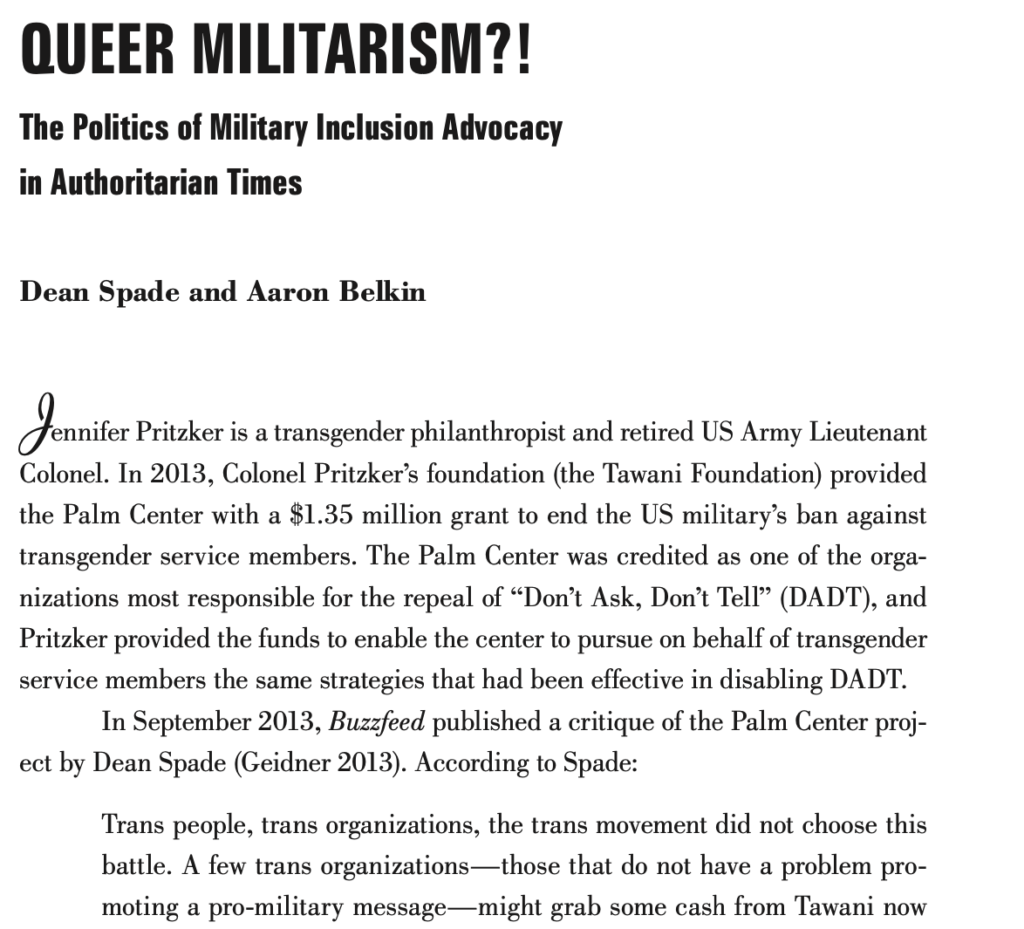
Review of Mutual Aid in Art Forum
Check out this new review Kaegan Sparks wrote about my book on mutual aid and Disasters and Social Reproduction: Crisis Response Between the State and Community, by Peer Illner.
